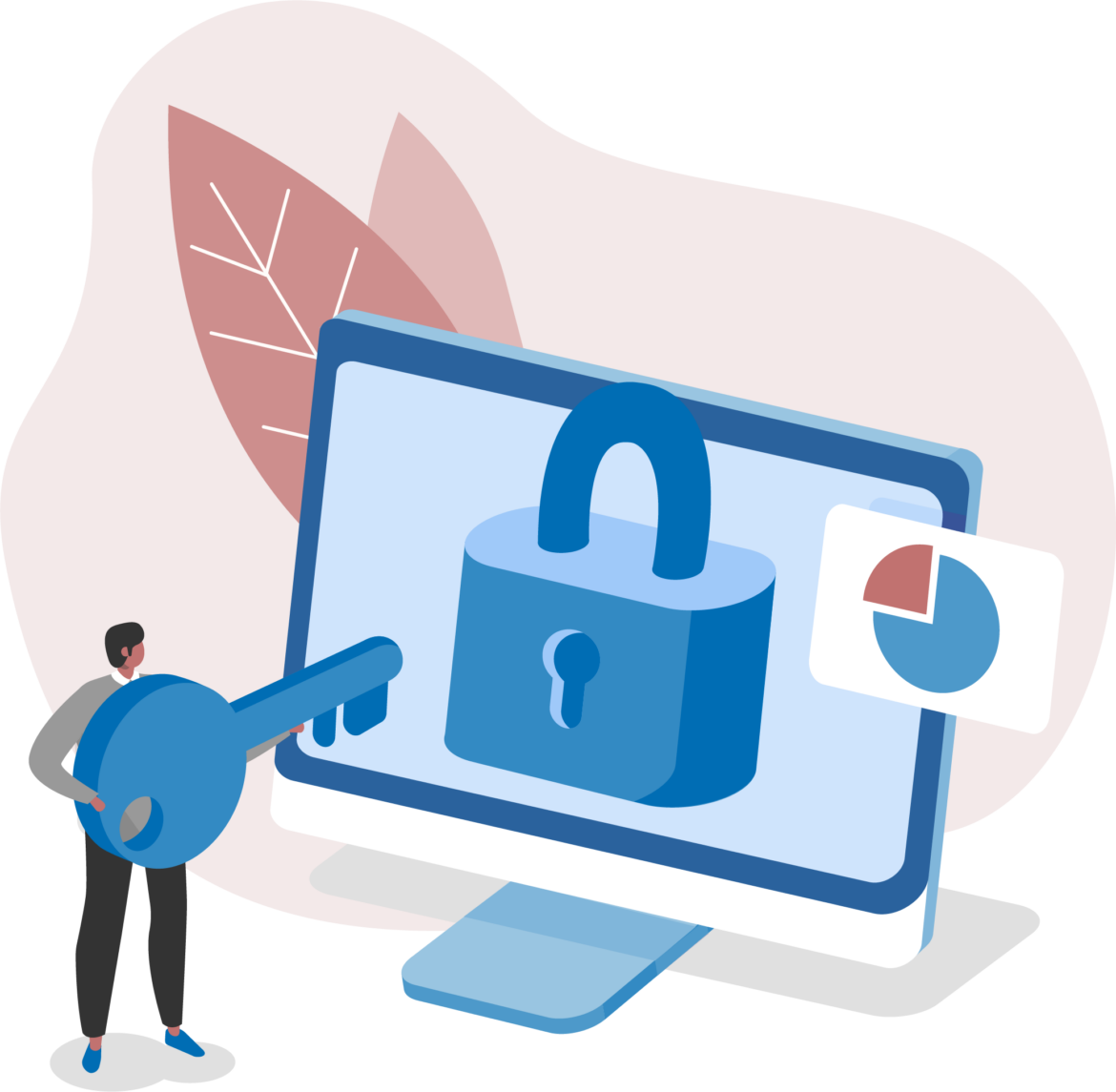In the Cascade Profiler GUI, which Email Formats are supported for Notifications? (Select 2)
What benefit does Cascade Profiler provide when obtaining SNMP information from an Access Tier switch?
Within NetProfile, how do User-Defined Policies differ from policies such as the Application Performance Policy, Link Congestion Policy, and Link Outage Policy?
What operating system will not support installation of Packet Analyzer?
Company X wants to incorporate SPAN port monitoring into its Cascade deployment. An important point they should consider is to:
To drill down and analyze a file within Cascade Pilot, you should. (Select 2)
What Operating System is required for installation of Cascade Pilot?
User Interface Preferences give users the ability to: (Select 3)
What are the primary differences between an Express and Standard Profiler?
|
PDF + Testing Engine
|
|---|
|
$49.5 |
|
Testing Engine
|
|---|
|
$37.5 |
|
PDF (Q&A)
|
|---|
|
$31.5 |
Riverbed Free Exams |
|---|

|